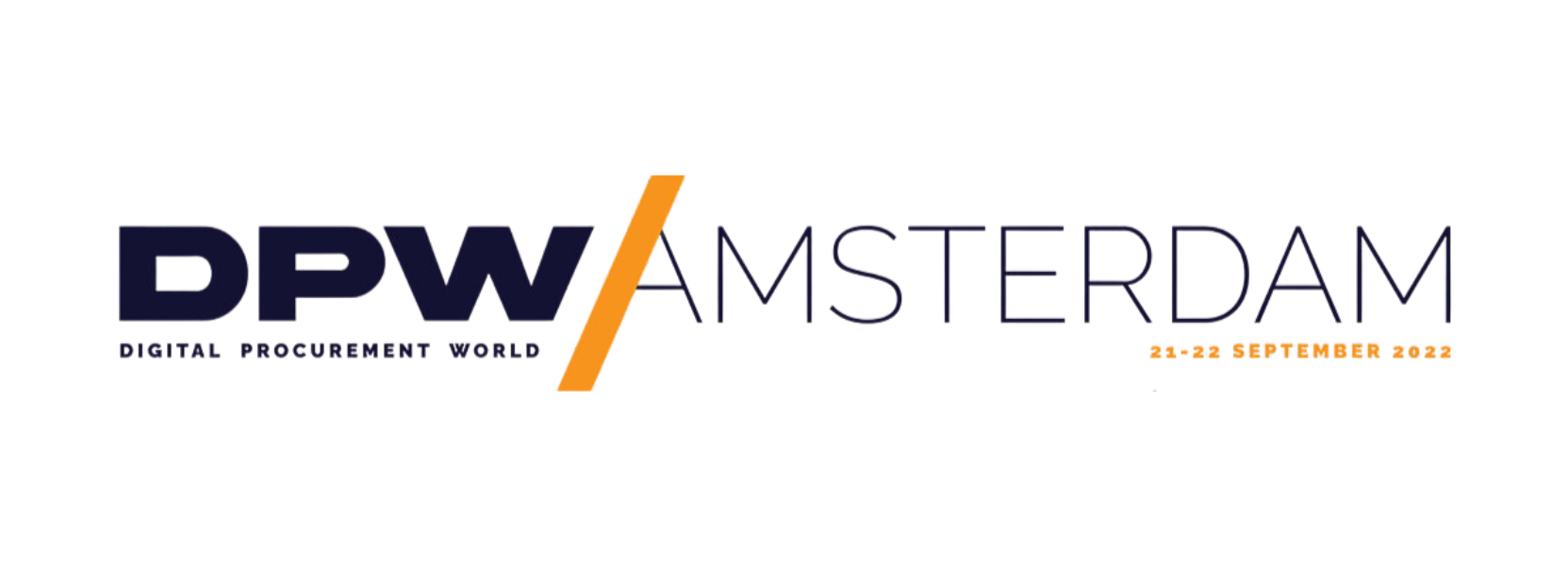Gulsah Kayserili, Sales & Marketing Group Manager at strategic procurement software provider Promena, talks to Spend Matters about Procurement's core mission.
Savings and efficiencies are at the heart of procurement – but investment must be justified with quick wins.One of the two indispensable success criteria for procurement teams is the reduction of costs. The other is speed and efficiency of procurement. This has always been the case, and even more so during these times of inflationary pressures and demand for goods and services often outstripping supply. Yet we seem to be in danger of forgetting this, for it is precisely now that many of the global players in procurement technology are pushing a very different vision, focused on the technology rather than the outcomes. You can see this variously branded as “autonomous procurement,” “procurement reimagined,” “AI-enabled procurement,” “augmented spend intelligence,” etc.
I understand this, and I am not knocking it as such. It’s a crowded marketplace and vendors need to find a way to stand out from the competition, although, in some cases, the marketing hype is removed by some considerable distance from the reality. However, there is a danger if we lose sight of the fact that procurement is judged by results, not by technology investments. Just as the most expensive food is the food you don’t eat; the most expensive software is software that you don’t use.
The reality is that many — I would say most — organizations around the world have yet to move beyond paper-based, manual processes, and their main challenges are poor data, high processing costs, lack of visibility, lengthy processing cycles and difficult supplier relations. These factors are wasteful in themselves, and they obstruct any attempts to achieve cost savings. This is the case not just in small and medium-sized organizations. It’s also true in many large enterprises.
One of the reasons is resistance at the board level. It is relatively easy for someone from operations to approach the board with a plan to boost sales by 5 percent by investing in a major digital transformation project. “If we don’t do this, the competition will snap up the opportunity and we will miss out.” It’s less easy for procurement to make the case for a similar investment to cut costs, even if the ultimate impact on the bottom line is pretty much the same. Without competitors snapping at your heels, procurement is likely to hear the argument, “If it ain’t broke, why fix it” right up to the moment that it is too late to do anything to conserve cash. In my experience, this is often rooted in the belief, at senior levels, that savings can always be secured through stronger negotiation — you just have to try a bit harder.
In fact, most organizations have already pushed negotiations to the limit with incumbent suppliers. The ability to purchase services at lower prices in future can only be increased by reaching out to a much larger and more diverse set of suppliers — which is impossible using traditional methods, especially if procurement is decentralized. Digitalization and centralization of purchasing functions alone can open up opportunities through a significantly higher level of competition on the marketplace.
I am generalizing here, but procurement succeeds best in securing investment in procurement technology by securing quick wins — measurable wins. Fresh investment therefore tends to be incremental and the emphasis is on ROI. Making big promises based on a vision is less effective and may even be counterproductive.
The biggest leap forward in procurement technology really came two decades ago with the introduction of live bidding processes through online auctions. Much has happened since to build out from this, of course. But the reason why it was a breakthrough is that all of a sudden, buyers could reach a much more diverse range of suppliers. It is hard to believe today, but in the 2000s, the idea of reaching out to suppliers in Latin America, China or India was quite revolutionary for buyers in Europe or North America. Contrary to today’s received wisdom, B2B commerce was not slow to catch up with B2C commerce: online B2B marketplaces, supported by procurement technology, emerged at more or less the same time as Amazon, eBay, etc.
The technology back then was, of course, clunky and inflexible. First, it did not adjust readily by categories and markets. Second, it did not address the downstream procure-to-pay processes that are vital to ensure that the savings identified in online auctions and negotiations are actually secured when it comes to buying. These considerations can be addressed by deploying technology, but only if it is backed by human expertise. Even at the operational level, procurement can never become fully autonomous. Human experience and know-how will always be a must. As Andrew Bartels of Forrester Research wrote three years ago, autonomous procurement is a bad idea and maybe a really bad idea. It overpromises and underdelivers, which will inevitably lead to disillusionment, cynicism and an unwillingness on the part of senior management to invest further in procurement technology.
So, let’s focus on what is proven and readily achievable. At Promena, we don’t approach projects with a “big bang” mentality. We focus on the two areas where — based on 20 years’ experience — we know we can make the biggest impact: category management and operational procurement.
In the four main sectors and over 130 categories we specialize in, not only do we aim to reduce costs, but we also aim to improve our suppliers’ performance and minimize supply risks. Why the focus? Well, our philosophy is that, rather than gazing into the future to see where the cutting edge of strategic sourcing leads, you may end up overlooking the low-hanging fruit that not all, and in some cases few, companies have addressed yet because they lack the category expertise. These tend to be, though not always, in the indirect categories. By working with a partner that offers the expertise in these categories, our customers gain insights into best practices, terms and pricing where they normally couldn’t take the time to develop this understanding on their own.
On operational procurement, the focus has to be ease of use and self-service. I know, everyone says that, but what matters is actual user adoption. Many procurement vendors say their solutions are easy to use but, in fact, they only offer customers and suppliers English and a handful of other languages, which is a barrier to widespread adoption, especially in multinational operations. Ease of use should also mean hiding the complexities of procurement from the non-specialist user. Entire workflows should be set in motion with just one or two clicks, with users being guided through processes and templates. Last but not least, integration with other systems and in particular ERP is a must. All too often it is an afterthought, causing problems for accounts payable and corporate finance.
In today’s difficult business environment, procurement must prove its ability to secure these basic elements of a solution and engage a vendor that can guarantee a rapid return on investment — and this must mean a demonstrable gain over and above the total cost of ownership, taking all costs into account.
Today, this is more urgent than ever. If you don’t get your fundamentals in order, reimagining procurement and big investments in artificial intelligence will not save you when the next major challenge or black swan event comes along, for reasons set out by Michael Lamoureux a couple of years ago. On the other hand, investing in quality supplier category data, robust processes and high levels of user adoption will put you in a stronger position than your competitors.
These are the arguments that will convince the CEO, the board and the oversight committee!















